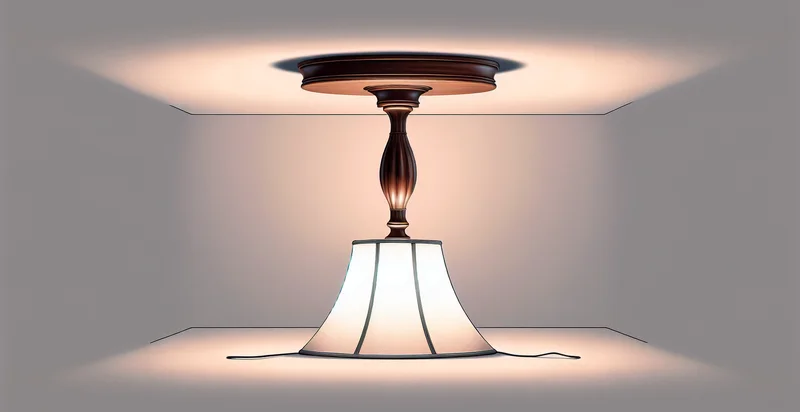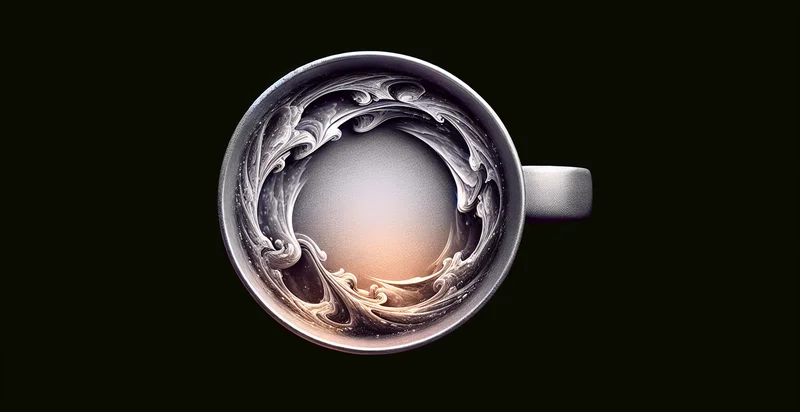Identify if lamp is upside down
using AI
Below is a free classifier to identify if lamp is upside down. Just upload your image, and our AI will predict if the lamp is upside down - in just seconds.

Contact us for API access
Or, use Nyckel to build highly-accurate custom classifiers in just minutes. No PhD required.
Get started
import nyckel
credentials = nyckel.Credentials("YOUR_CLIENT_ID", "YOUR_CLIENT_SECRET")
nyckel.invoke("if-lamp-is-upside-down", "your_image_url", credentials)
fetch('https://www.nyckel.com/v1/functions/if-lamp-is-upside-down/invoke', {
method: 'POST',
headers: {
'Authorization': 'Bearer ' + 'YOUR_BEARER_TOKEN',
'Content-Type': 'application/json',
},
body: JSON.stringify(
{"data": "your_image_url"}
)
})
.then(response => response.json())
.then(data => console.log(data));
curl -X POST \
-H "Content-Type: application/json" \
-H "Authorization: Bearer YOUR_BEARER_TOKEN" \
-d '{"data": "your_image_url"}' \
https://www.nyckel.com/v1/functions/if-lamp-is-upside-down/invoke
How this classifier works
To start, upload your image. Our AI tool will then predict if the lamp is upside down.
This pretrained image model uses a Nyckel-created dataset and has 2 labels, including Lamp Right Side Up and Lamp Upside Down.
We'll also show a confidence score (the higher the number, the more confident the AI model is around if the lamp is upside down).
Whether you're just curious or building if lamp is upside down detection into your application, we hope our classifier proves helpful.
Related Classifiers
Need to identify if lamp is upside down at scale?
Get API or Zapier access to this classifier for free. It's perfect for:
- Quality Control in Manufacturing: This use case involves integrating the lamp upside down identifier into production lines to ensure that lamps are assembled correctly before packaging. The system can automatically detect and reject any incorrectly oriented lamps, reducing the rate of returns and increasing customer satisfaction.
- Retail Display Management: Retailers can use the identification function to monitor and manage display setups in stores. By ensuring that lamps are oriented correctly in display settings, they can enhance the overall aesthetic appeal and functionality of the product presentations, driving higher sales.
- Smart Home Integration: In smart home environments, the identifier can be employed within home automation systems to provide alerts when lamps are not positioned correctly. This feature can help users maintain optimal lighting conditions by rectifying orientations that could lead to inefficiencies or inconveniences.
- IoT Device Monitoring: The upside down lamp identifier can be utilized in IoT devices that monitor usage and placement of appliances. By providing real-time feedback, users can optimize their lamp placements for energy efficiency and safety, thereby promoting sustainable usage habits.
- Indoor Design Consultation: Interior designers could utilize the identifier as part of their toolkit to ensure that lighting fixtures are positioned for maximum visual effect and functionality. This could streamline consultations by providing instant feedback on the designs being proposed, allowing for quick adjustments.
- Installation Services: Companies offering lamp installation services can leverage this technology to ensure all installations meet quality standards. The identifier can serve as a final check before service completion, ensuring that customers receive products that function as intended.
- Educational Tools: In educational settings, this identifier can be incorporated into projects teaching students about electronics and design. Hands-on experiments can utilize the detection function to encourage understanding of proper lamp orientation and its effects on light quality and safety, enhancing the learning experience.


